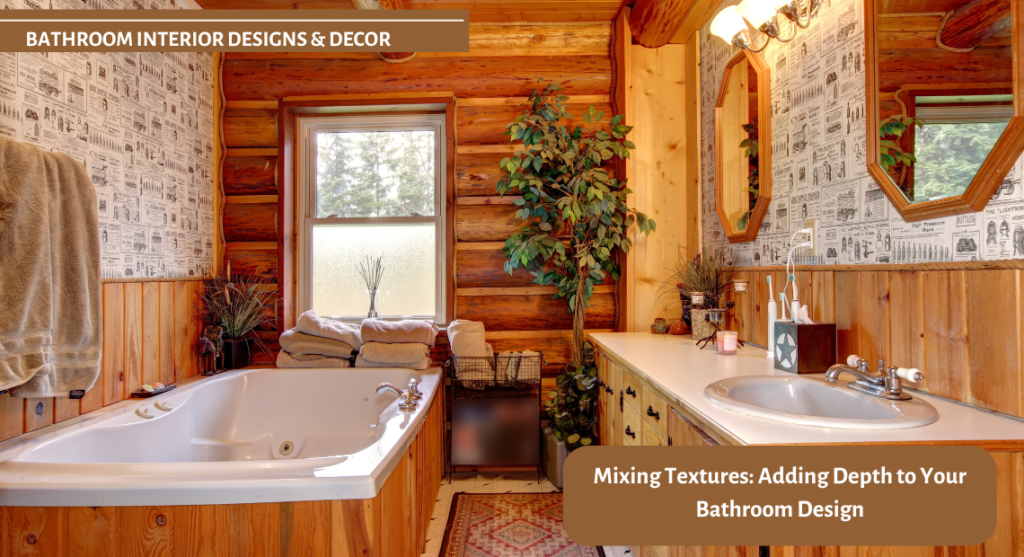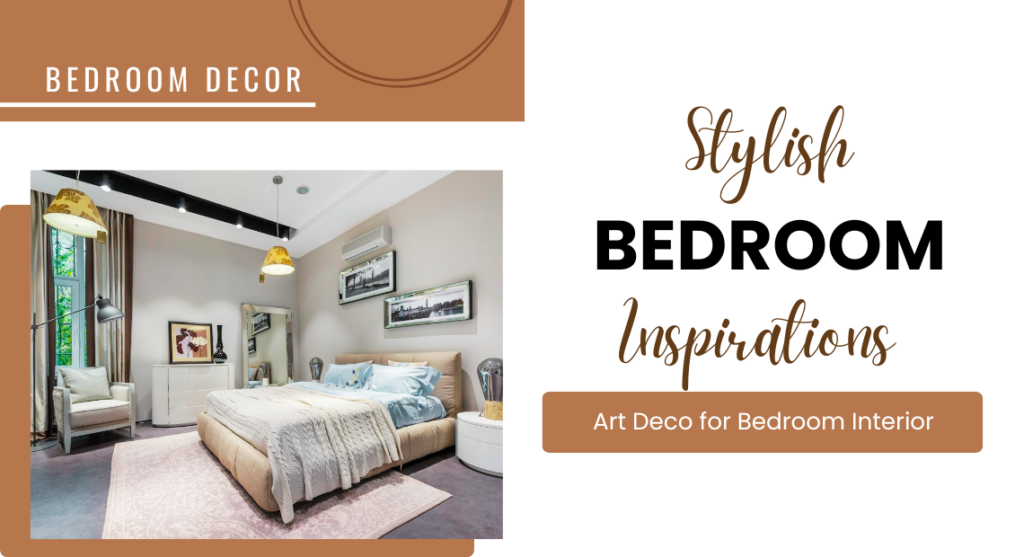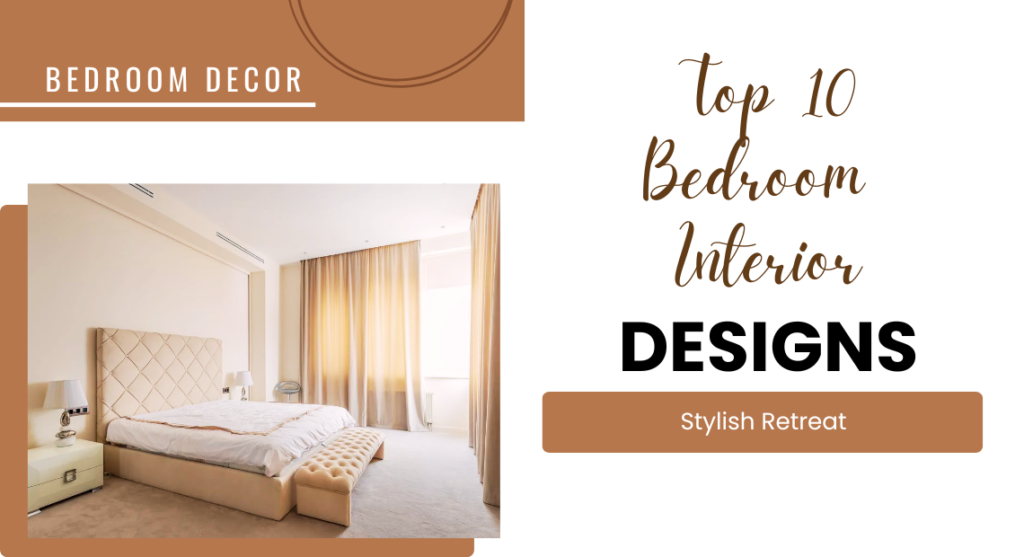When it comes to bathroom design, creating a space that feels dynamic and inviting often requires more than just a cohesive color palette. Mixing textures is a powerful way to add depth and visual interest to your bathroom, transforming it from a functional area into a luxurious retreat. In this article, we’ll explore how to effectively mix textures to enhance your bathroom design and provide tips on achieving a balanced, stylish look.
1. Understand the Power of Texture
Texture adds dimension and complexity to a room by engaging the senses and creating a more layered, nuanced environment. In a bathroom, mixing textures can enhance the overall aesthetic, making the space feel more sophisticated and thoughtfully designed.
Benefits:
- Visual Interest: Adds depth and dimension, preventing the space from feeling flat or monotonous.
- Tactile Appeal: Creates a more engaging and comfortable environment by appealing to the sense of touch.
- Contrast and Balance: Helps to balance different design elements and create a harmonious look.
2. Start with a Textured Focal Point
Begin by selecting a key element in your bathroom design that will serve as the focal point for texture. This could be a feature wall, the vanity, or the flooring. Building around this central element ensures that your design remains cohesive.
Tips:
- Textured Tiles: Use patterned or textured tiles for a feature wall or backsplash. Subway tiles with a subtle texture or 3D tiles can create a striking visual impact.
- Statement Vanity: Choose a vanity with a unique texture, such as a reclaimed wood finish or a marble countertop with intricate veining.
3. Mix Complementary Materials
Combine different materials that complement each other to create a rich, layered look. The key is to choose textures that enhance rather than clash with one another.
Tips:
- Stone and Wood: Pair natural stone tiles with wooden cabinetry for a blend of organic textures. The warmth of wood contrasts beautifully with the cool, smooth surface of stone.
- Metal and Fabric: Incorporate metal fixtures (e.g., faucets, handles) with fabric elements like a plush bath mat or towel. The contrast between the sleekness of metal and the softness of fabric adds visual and tactile interest.
4. Layer Textures for Depth
Layering textures involves combining multiple textures within a single area to create a sense of depth and complexity. This technique can be applied to walls, floors, and accessories.
Tips:
- Layered Wall Treatments: Combine different wall treatments such as textured wallpaper, painted walls, and tile accents. For instance, a tiled shower area paired with textured wallpaper can create a sophisticated look.
- Contrasting Flooring: Use a combination of materials for the flooring. For example, pair patterned tiles with a wooden or vinyl floor to add dimension and contrast.
5. Incorporate Textured Accessories
Accessories are an excellent way to introduce and experiment with different textures without committing to large-scale changes. They can be easily swapped out to refresh the look of your bathroom.
Tips:
- Towels and Rugs: Choose bath mats and towels in various textures, such as fluffy or ribbed, to add warmth and comfort.
- Decorative Items: Incorporate textured decor items like woven baskets, ceramic vases, or a textured shower curtain to enhance the visual appeal.
6. Play with Color and Pattern
Texture and color go hand in hand. Playing with color and pattern in conjunction with texture can create a more dynamic and engaging bathroom design.
Tips:
- Patterned Tiles: Opt for patterned or colored tiles to add visual interest. Combining different patterns and textures can create a vibrant, personalized look.
- Accent Walls: Use bold colors or patterns on an accent wall to create a focal point and add depth to the room.
7. Consider Lighting Effects
Lighting plays a crucial role in how textures are perceived. Proper lighting can highlight textures and enhance their visual impact.
Tips:
- Ambient Lighting: Use soft, diffused lighting to create an even wash that accentuates the textures in your bathroom.
- Accent Lighting: Install spotlights or LED strips to highlight textured surfaces, such as a textured backsplash or feature wall.
8. Achieve Balance and Harmony
While mixing textures, it’s important to maintain a sense of balance and harmony. Too many contrasting textures can overwhelm the space, while too few can make the room feel flat.
Tips:
- Moderation: Use a mix of textures in moderation to avoid overwhelming the space. Aim for a balanced approach where textures complement rather than compete with each other.
- Consistency: Ensure that the textures you choose align with the overall design style of your bathroom. Consistency in design elements will help create a cohesive look.
9. Experiment with Small Updates
If you’re hesitant to make significant changes, start by experimenting with small updates. This approach allows you to test different textures and combinations before committing to larger design changes.
Tips:
- Sample Swatches: Obtain sample swatches of materials and textures to see how they interact in your space before making a final decision.
- Temporary Accessories: Use temporary accessories or removable wall treatments to experiment with different textures and styles.
10. Consult a Design Professional
If you’re unsure about how to effectively mix textures or need guidance on achieving a cohesive look, consulting a design professional can be beneficial.
Tips:
- Design Consultation: Work with an interior designer to receive personalized advice and recommendations tailored to your bathroom space.
- Professional Guidance: A designer can help you select and combine textures that enhance the overall aesthetic while ensuring functional considerations are met.
Mixing textures is an effective way to add depth and sophistication to your bathroom design. By carefully selecting and combining different materials, colors, and patterns, you can create a visually dynamic and inviting space. From textured tiles and layered wall treatments to complementary accessories and strategic lighting, there are numerous ways to enhance your bathroom’s design with texture.
Ready to add some texture to your bathroom? Use these tips to experiment with different textures and create a space that reflects your style and enhances your daily routine. For more design inspiration and expert advice, subscribe to our blog and stay updated with the latest trends and tips.
Feel free to share your favorite texture combinations or ask questions in the comments below. We’d love to hear how you’ve added depth and dimension to your bathroom design!


